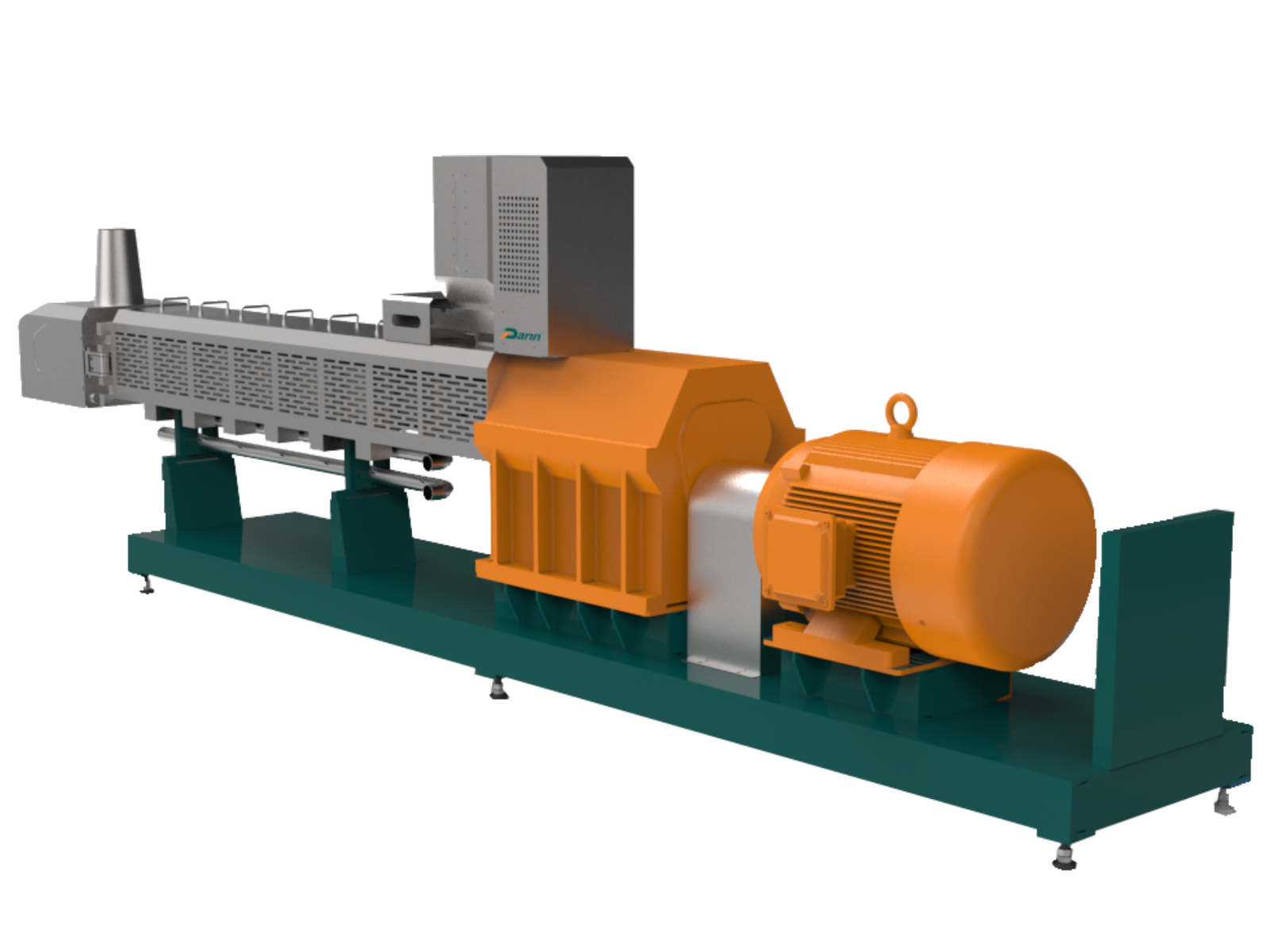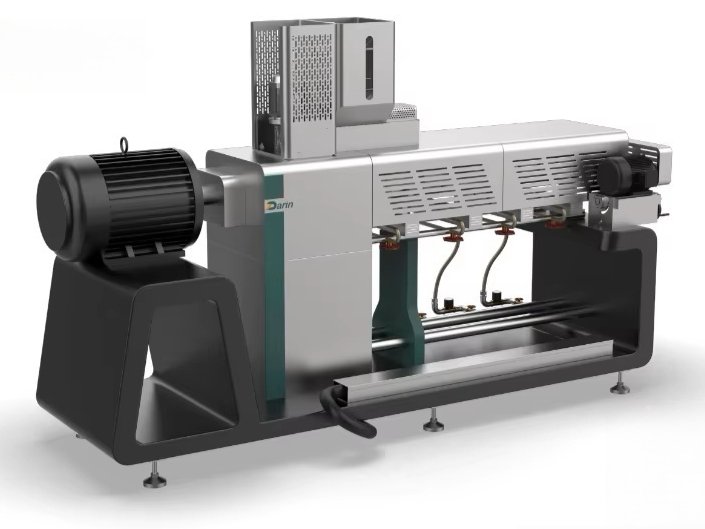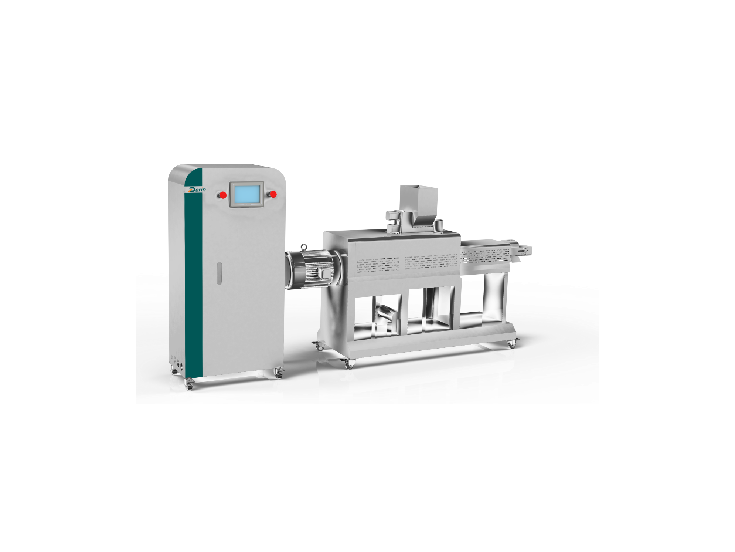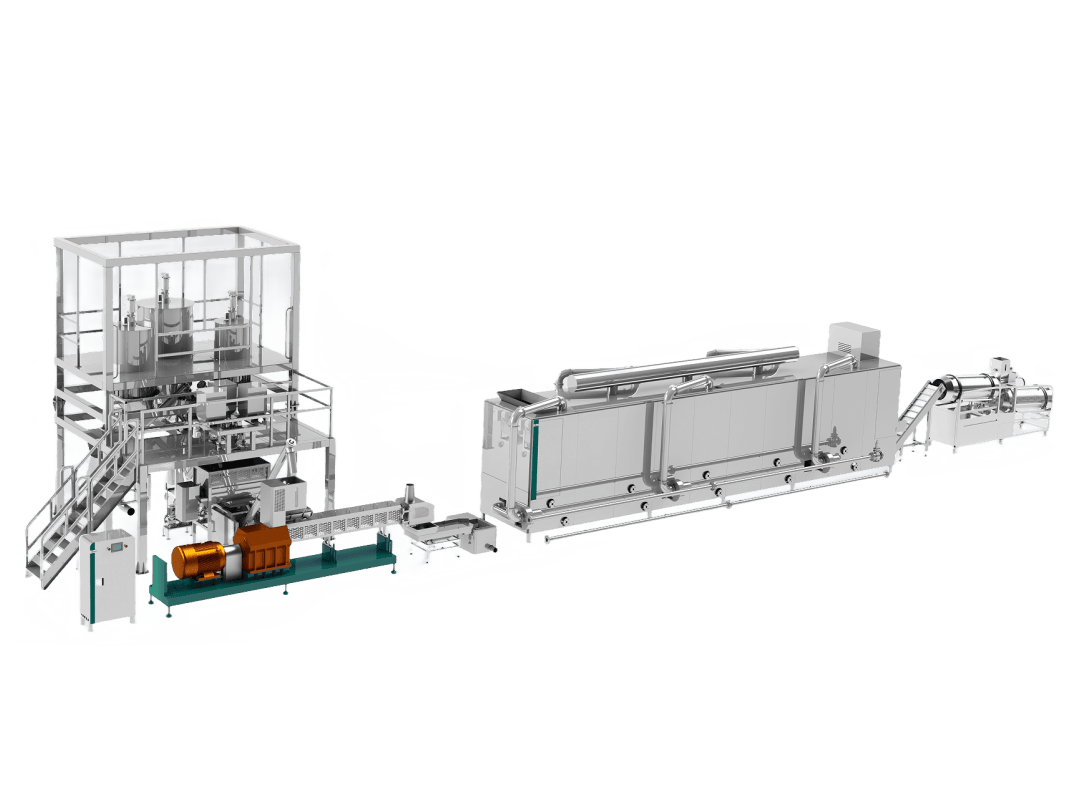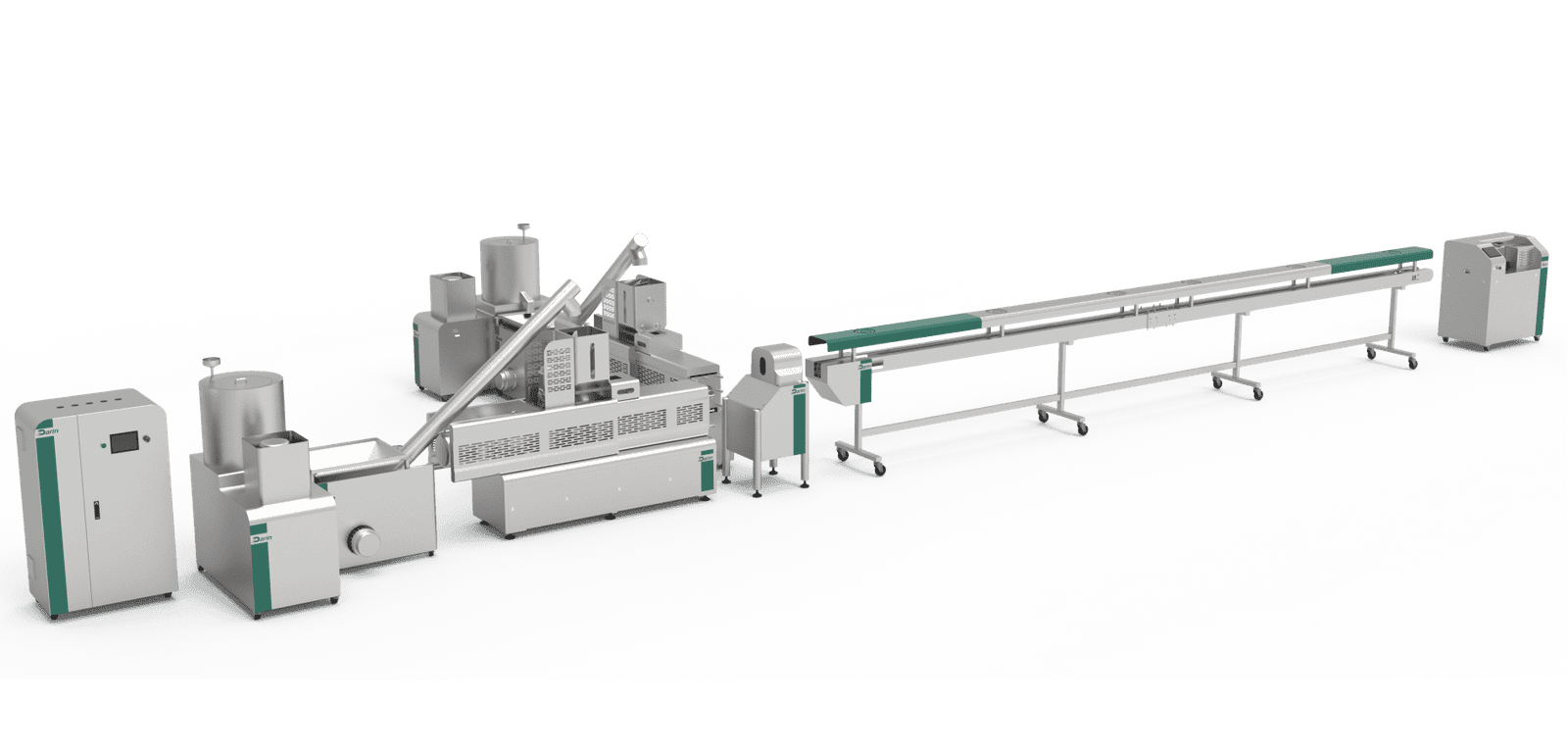
Have you ever wondered what sets animal feed apart from pet food? It’s more than just a label.
Animal feed is typically designed for livestock and focuses on meeting the nutritional needs of farm animals, like cattle or chickens. In contrast, pet food is formulated specifically for domestic pets like dogs and cats, emphasizing taste and dietary requirements suitable for companion animals.
This might sound straightforward, but diving into the specifics reveals some fascinating distinctions. I remember once visiting a farm where they fed both livestock and the farmer's loyal dog. Watching them prepare different meals for each, I realized how vital it is to cater to the unique dietary needs of each animal. As we explore these differences, it becomes clear how important it is for us to understand these aspects to ensure the well-being of all animals under our care.
Animal feed is regulated more strictly than pet food.False
Pet food is often subject to stricter regulations due to safety concerns.
Pet food prioritizes taste more than animal feed does.True
Pet food formulations focus on palatability to ensure pets enjoy their meals.
How Do Nutritional Requirements Differ Between Livestock and Pets?
Ever wondered why your cat can't eat the same food as a cow? Understanding these dietary differences is key to keeping both pets and livestock healthy.
Livestock require diets focused on growth and production, often needing high-energy feeds with specific protein levels, while pets require balanced nutrition for maintenance and health, emphasizing quality proteins and essential nutrients.
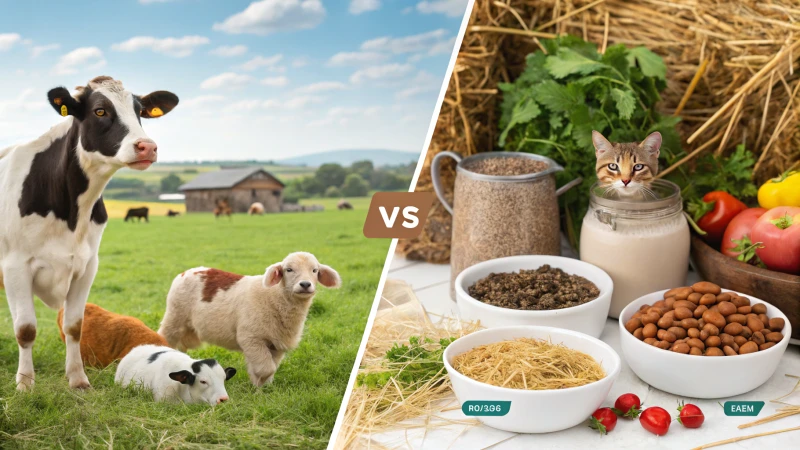
Nutritional Goals: Production vs. Maintenance
I remember the first time I visited a farm, standing amidst the hustle and bustle of feeding time. Watching the cattle munching on their energy-rich feed designed for growth and production efficiency1 was an eye-opener. These diets are all about results—beefy gains or milk aplenty. Contrast that with my routine back home, where my dog’s meal is a careful balance of high-quality proteins and vitamins, aimed at keeping him spry and disease-free. Each has its purpose: one for production, the other for companionship.
| Aspect | Livestock | Pets |
|---|---|---|
| Diet Focus | Growth & Production | Maintenance & Health |
| Protein Source | Cost-effective grains & forages | Quality meats & supplements |
Digestive Systems: Ruminants vs. Monogastrics
The next revelation came with understanding digestion. Livestock like cattle have these amazing ruminant systems that can break down fibrous plants efficiently through rumination2. It’s like they have this superpower to extract energy from what seems like just grass! On the flip side, pets, with their monogastric systems, need more digestible nutrients, often found in meat-based diets—think of it as a gourmet dinner every night.
Nutritional Components: Specific Needs
Energy: Livestock often consume energy-rich carbohydrates from grains to fuel their growth spurts, akin to carb-loading3 before a marathon. Pets, however, get their energy from fats and proteins—more like the balanced diet you'd follow for long-term health.
Protein: Here's where things diverge again. While livestock might get their proteins from plant sources, our pets need that perfect blend of animal-based proteins to meet all their amino acid needs.
Vitamins and Minerals: Both groups require these but in vastly different amounts. Imagine needing extra minerals for those strong cattle bones versus our pets needing antioxidants for a healthy coat and eyes.
Dietary Formulation: Commercial vs. Custom
I find it fascinating how livestock feed is typically mass-produced, focusing on hitting those nutritional benchmarks cost-effectively—like feeding an army on a budget using feed additives4 to enhance growth performance. Meanwhile, our pet's diet can be a bespoke affair tailored to their health conditions or stages of life. I’ve even dabbled in selecting grain-free options for my furry friend just to see the difference in his coat and energy levels.
These differences highlight why understanding and catering to the unique dietary needs of livestock and pets is so crucial. It's all about aligning with their roles in our lives—whether it's nourishing productivity on the farm or cherishing companionship at home.
Livestock diets are primarily for growth and production.True
Livestock diets aim to enhance growth, reproduction, and production efficiency.
Pets require energy-rich diets from carbohydrates like livestock.False
Pets derive energy mainly from fats and proteins, not carbohydrates.
What Regulations Govern Animal Feed Versus Pet Food?
Ever wondered why there's such a fuss over pet food versus animal feed regulations? I did too, until I dove into the details. Let's unravel this together!
Animal feed and pet food are regulated differently by authorities like the FDA and AAFCO in the U.S. Pet food must meet stricter standards for labeling and nutritional content to ensure pet safety and health.
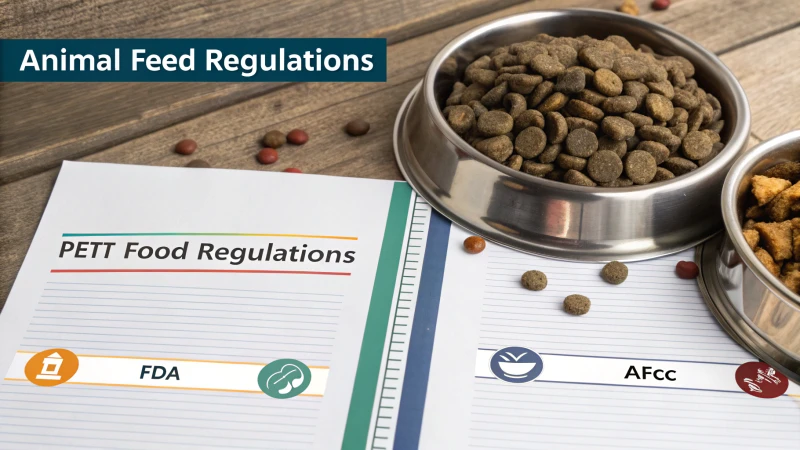
Regulatory Authorities and Their Roles
When I first started delving into the world of pet nutrition, the regulatory landscape seemed like a maze. In the U.S., the Food and Drug Administration5 (FDA) and the Association of American Feed Control Officials (AAFCO) are the key players. The FDA's job is to make sure all animal feed is safe and properly labeled, while AAFCO steps in to set nutritional guidelines for pet food. It's like a dance between safety and nutrition, ensuring our furry friends get only the best.
Distinctions in Labeling Requirements
I remember when I first tried to decode a pet food label—it was like learning a new language! Pet food labels are required to have a detailed breakdown of nutrients, ingredient lists, and feeding instructions. Animal feed, on the other hand, sticks to basics like weight and purpose. Here’s how it breaks down:
| Aspect | Animal Feed | Pet Food |
|---|---|---|
| Nutritional Content | Basic | Detailed Analysis |
| Ingredient Listing | Simplified | Comprehensive |
| Feeding Instructions | General | Specific |
Nutritional Standards and Safety
Ensuring my pets eat well is just as important as feeding myself right. Pet food has to meet rigorous nutritional standards designed to support pets at various life stages. This includes everything from protein to moisture content. Unlike pet food, animal feed doesn't have to meet such detailed requirements since it's often tailored for livestock with diverse diets.
Enforcement and Compliance
Both animal feed and pet food industries must comply with Good Manufacturing Practices6 (GMPs). The FDA conducts regular inspections to ensure that these standards are being upheld. This oversight gives me peace of mind, knowing that what goes into my pets' bowls is safe.
International Perspectives on Regulation
Regulations can vary wildly around the world. The European Union has its own strict rules focusing on ingredient safety and labeling for both animal feed and pet food. If you're a manufacturer looking to expand internationally, understanding these differences is crucial. For more insights into international regulations, explore this guide7.
Getting a handle on these regulatory nuances helps businesses stay compliant and ensures that as pet owners, we can trust that our beloved animals are getting safe and nutritious products. This knowledge not only informs my choices as a consumer but also guides manufacturers who aim to meet global standards.
The FDA regulates both animal feed and pet food.True
The FDA oversees safety and labeling for both animal feed and pet food.
AAFCO provides guidelines for animal feed labeling.False
AAFCO provides guidelines for nutritional adequacy in pet food, not animal feed.
Why Is Ingredient Quality Crucial in Pet Food Production?
Ingredient quality in pet food is the unsung hero of your pet's well-being, shaping their health and happiness daily.
High-quality ingredients in pet food are crucial as they ensure nutritional adequacy, safety, and digestibility, directly impacting a pet's health, vitality, and longevity. Choosing foods with premium ingredients supports optimal growth and development.
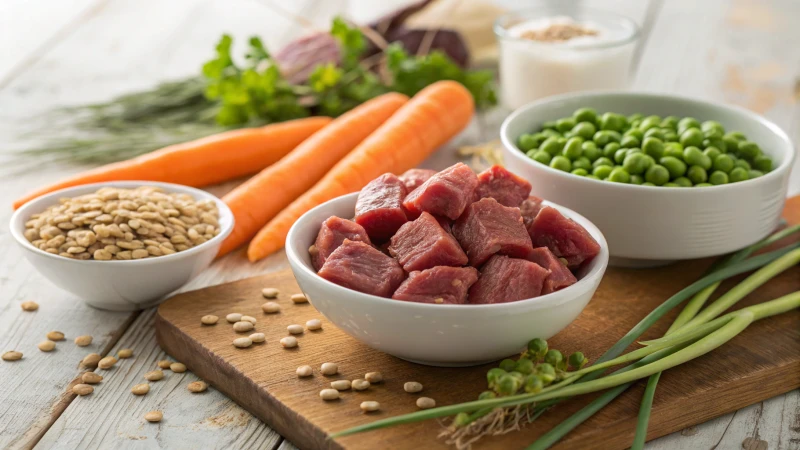
Nutritional Adequacy
When I first got my dog, Bella, I thought any food would do as long as she liked the taste. But after noticing her coat losing its shine and her energy levels dipping, I started digging into what really goes into her food. It turns out, high-quality ingredients make a world of difference. They ensure complete and balanced nutrition, offering the right mix of proteins, fats, carbohydrates, vitamins, and minerals. Ingredients rich in essential nutrients promote healthy growth and development. Learn more about balanced diets8 to support your pet's well-being.
Safety and Digestibility
I learned the hard way that not all pet foods are created equal. After an unfortunate incident with Bella's digestion, I realized how ingredient quality affects safety and digestibility. Premium ingredients mean fewer harmful contaminants or additives, which are crucial for her sensitive stomach. Highly digestible ingredients help her absorb nutrients efficiently, reducing the risk of gastrointestinal issues.
| Ingredient Type | Benefits | Potential Risks |
|---|---|---|
| Whole Meats | High in protein and amino acids | None when sourced ethically |
| Vegetables & Fruits | Rich in vitamins and antioxidants | Pesticide residue if not organic |
| Grains | Good source of energy | Can cause allergies in sensitive pets |
Impact on Health and Longevity
Feeding Bella high-quality ingredients has been a game changer for her overall health and longevity. I've seen firsthand how it helps maintain a healthy weight, supports her joint health, and gives her coat an enviable shine. Quality ingredients can also prevent diseases by bolstering her immune system.
Explore how different ingredient qualities9 impact pet health to make informed purchasing decisions.
Sustainability and Ethical Sourcing
For me, ingredient quality isn't just about Bella; it's about the world we share. High-quality ingredients often come from ethical sourcing and sustainable practices. Brands that prioritize these factors not only support our pets' health but also promote global sustainability efforts.
Check out brands focusing on sustainable sourcing10 for more responsible pet food options.
Quality ingredients in pet food production are a non-negotiable factor that affects every aspect of your pet's life. From nutrition to sustainability, making informed choices ensures a healthy diet for your furry friend.
High-quality pet food ingredients prevent nutrient deficiencies.True
Premium ingredients provide balanced nutrition, preventing deficiencies.
Low-quality ingredients improve pet food digestibility.False
Poor-quality ingredients often contain fillers, reducing digestibility.
How Does the Manufacturing Process Vary for Feed and Pet Food?
Ever wondered how the food we choose for our pets is crafted differently from farm animal feed?
The manufacturing process for feed and pet food varies primarily in terms of ingredient selection, production techniques, and regulatory requirements. Feed focuses on bulk production with cost-efficiency, while pet food emphasizes nutritional quality and palatability.
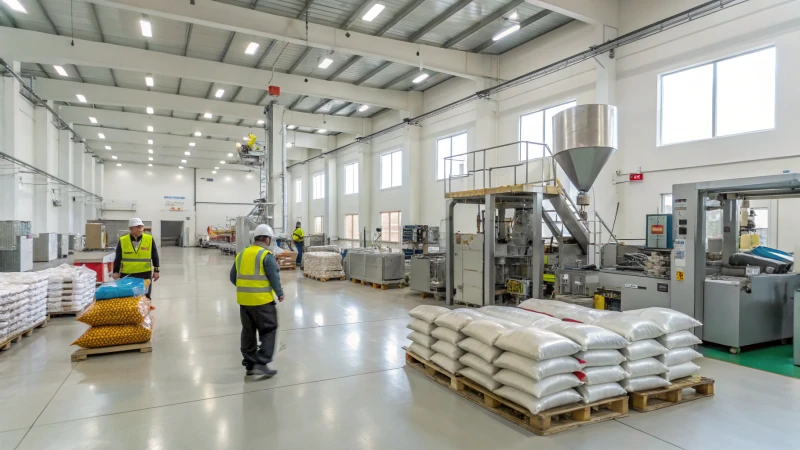
Ingredient Selection
When I first delved into the world of pet food manufacturing, I realized just how critical ingredient selection is in differentiating between feed and pet food. Feed production usually leans towards bulk commodities like corn and soybean meal, prioritizing cost-effectiveness. This makes sense if you think about it; when I grew up on a farm, we always focused on getting the most nutrition at the lowest cost for our animals. But as a pet owner, I want my furry friends to enjoy top-notch proteins and nutrients. So, pet food manufacturers focus on high-quality proteins11, vitamins, and minerals to meet the dietary needs of pets.
| Type | Feed | Pet Food |
|---|---|---|
| Main Ingredients | Grains, Corn | Meat, Fish, Vegetables |
| Additives | Cost-effective Supplements | Nutritional Enhancements |
Production Techniques
The production techniques for these two types of products are worlds apart. In feed production, simplicity is key, using methods like grinding and mixing. It reminds me of how my grandma used to make bread—simple and straightforward. However, crafting pet food is more akin to a gourmet chef preparing a meal. Techniques like extrusion or baking are employed to ensure the food is not only nutritious but also appealing in taste and texture. Extrusion technology12 stands out for its ability to create various shapes and flavors, much like when I bake cookies for my family.
Regulatory Requirements
Regulations are another major factor that sets these processes apart. During my visits to different manufacturing plants, it was clear that feed manufacturing is guided by agricultural regulations focusing on efficiency and cost. However, when I checked out pet food facilities, the regulations were much stricter. This is crucial because pets are like family members, and their food must be safe and nutritionally adequate. Organizations such as the FDA13 provide essential guidelines to ensure this.
Focus on Quality and Safety
Quality control in pet food production is non-negotiable. I've seen firsthand how manufacturers rigorously test for contaminants like aflatoxins14, which can be harmful to pets. This attention to detail is akin to the care I take when choosing ingredients for a family meal. High standards in quality assurance protocols help maintain consumer trust and ensure that our pets get only the best.
Understanding these differences has been enlightening for me, and it’s vital for industry professionals to optimize their production strategies accordingly. For consumers, this knowledge empowers us to make informed choices when selecting between different feed or pet food products.
Pet food manufacturing uses extrusion techniques.True
Pet food production often employs extrusion to enhance taste and texture.
Feed manufacturing prioritizes high-quality proteins.False
Feed focuses on cost-effective bulk commodities, not high-quality proteins.
How Does Production Impact the Environment?
Have you ever paused to wonder about the hidden environmental costs of what we produce every day?
Different production types impact the environment through resource consumption, emissions, and waste generation. Factors like energy use, water consumption, and pollution levels vary across industries, influencing sustainability efforts and ecological health.
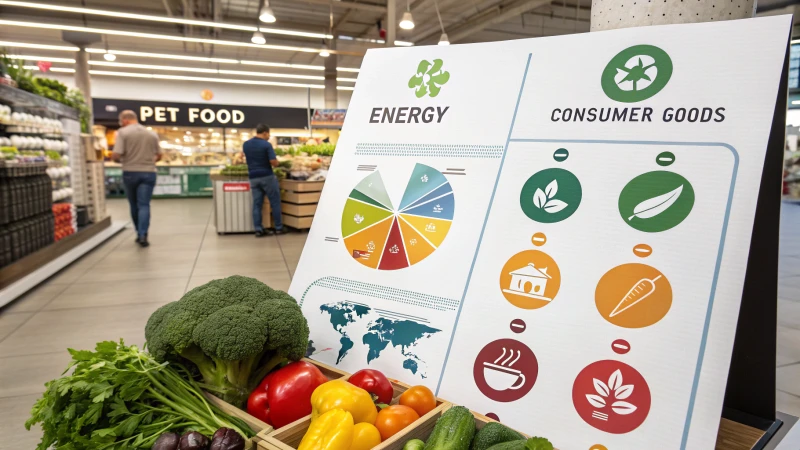
Resource Consumption Across Industries
Thinking back to when I first started in the pet food machinery industry, it was eye-opening to see just how much water and grain are needed to produce something as simple as kibble. It's staggering to consider that while our furry friends enjoy their meals, there's an entire supply chain that might be contributing to water scarcity and land use challenges. And then there's the energy sector, which I've always imagined as this giant beast guzzling fossil fuels and belching out carbon emissions—a real nightmare for our climate.
| Industry | Key Resources | Environmental Concerns |
|---|---|---|
| Pet Food | Water, Grain | Water scarcity, Land use |
| Energy | Fossil Fuels | Air pollution, Climate change |
Emissions and Pollution
The first time I visited a manufacturing plant, I was struck by the sheer scale of emissions. It reminded me of a time I stood by a river that ran brown with runoff—a potent symbol of industrial impact. In the pet food sector, even transportation and processing can significantly degrade local air quality. It's like each little bit of CO2 released is a whisper adding to the roar of climate change15.
- Pet Food: Emissions from transportation and processing can affect local air quality.
- Energy Production: Combustion processes release CO2 and other pollutants.
Waste Generation and Management
I remember attending a conference where a speaker highlighted the mountains of waste generated by industries, including ours. It hit home when they mentioned how organic waste could contribute to methane emissions in landfills—it's like a ticking environmental time bomb. Effective waste management isn't just good practice; it's essential for safeguarding our ecosystems.
Table: Waste Types and Their Environmental Impact
| Waste Type | Environmental Impact |
|---|---|
| Organic Waste | Contributes to methane emissions in landfills |
| Industrial Waste | Potential for soil and water contamination |
Adopting strategies like recycling and composting can help reduce this impact. I've seen firsthand how improving waste management systems16 can make a difference in sustainability efforts.
Sustainable Practices in Production
Over the years, I've seen how companies have pivoted towards more sustainable practices, partly driven by consumer demand for eco-friendly products. Switching to renewable energy sources like solar or wind is one way forward. I think back to when I first learned about precision agriculture—using just the right amount of water and fertilizers—not only does it minimize resource use but also improves efficiency.
- Renewable Energy: Solar, wind, and hydroelectric power reduce reliance on fossil fuels.
- Efficient Resource Use: Techniques like precision agriculture minimize water and input use.
Incorporating these practices not only preserves natural resources but also elevates brand reputation among eco-conscious consumers. Ongoing research into innovative solutions is key to reducing the environmental impact of industrial processes. It's a journey we're all part of, striving for a more sustainable future.
Pet food production uses significant water resources.True
Pet food manufacturing requires large amounts of water for processing.
Energy production does not contribute to air pollution.False
Energy production releases CO2 and pollutants, affecting air quality.
How Can Consumers Make Informed Choices About Animal Nutrition?
Ever stood in the pet food aisle, completely overwhelmed by choices? I sure have! With so many options, how do you pick the best one for your pet?
To make informed choices about animal nutrition, consumers should scrutinize ingredient lists, understand food labels, prioritize transparency from brands, and consult veterinary professionals to tailor dietary needs to individual pets.

Understanding Ingredient Lists
I remember the first time I flipped a pet food bag over to check the ingredients. It felt like deciphering a code. Now, I focus on finding familiar whole foods like chicken or fish at the top of the list. Steering clear of mystery meats17 and fillers like corn has made a noticeable difference in my pet's health.
Decoding Food Labels
When I see labels like 'organic' or 'grain-free', I used to think it meant healthier. But, oh boy, was I wrong! Learning what these terms really mean helped me understand that grain-free diets18 aren't always better. It's a journey of learning that makes all the difference.
Evaluating Brand Transparency
I once spent hours researching brands that openly shared their ingredient sourcing and manufacturing processes. The peace of mind knowing what my pet is eating is priceless.
| Brand Transparency Checklist |
|---|
| Ingredient sourcing |
| Manufacturing location |
| Nutritional certifications |
Whole foods should be primary ingredients in pet food.True
Whole foods like chicken or beef are recommended as primary ingredients.
'Grain-free' always means better nutrition for pets.False
'Grain-free' does not guarantee better nutrition; it varies by pet.
Conclusion
Animal feed is formulated for livestock growth, while pet food focuses on taste and nutrition for companion animals. Understanding these differences ensures proper care for both types of animals.
Discover how efficient production impacts profitability and sustainability in livestock farming. ↩
Learn about the role of fibrous plant materials in ruminant digestion and energy extraction. ↩
Understand how carbohydrates fuel growth and muscle building in livestock diets. ↩
Explore how additives enhance growth performance and overall health in livestock. ↩
Learn how the FDA regulates pet food to ensure safety and quality, which is crucial for manufacturers. ↩
Discover GMPs' role in ensuring pet food safety, vital for manufacturers aiming for compliance. ↩
Understand global regulatory differences to ensure compliance when exporting pet food internationally. ↩
Balanced diets are crucial for pet health, providing necessary nutrients. Discover what constitutes a balanced diet for optimal pet wellness. ↩
Ingredient quality impacts pet nutrition, affecting health and longevity. Learn more about these effects to make better food choices. ↩
Sustainable practices ensure ethical ingredient sourcing, benefiting both pets and the environment. Explore brands committed to sustainability. ↩
Discover how high-quality proteins enhance pet nutrition by providing essential amino acids necessary for maintaining health. ↩
Learn how extrusion technology revolutionizes pet food manufacturing by improving texture and flavor profiles. ↩
Understand the FDA's role in ensuring that pet foods are safe and nutritionally adequate. ↩
Explore how aflatoxin contamination impacts pet food safety and what measures are taken to prevent it. ↩
Explore how carbon emissions contribute to climate change and the importance of reducing them. ↩
Discover strategies for waste reduction and their positive impact on environmental health. ↩
Learn why avoiding mystery meats is crucial for ensuring high-quality nutrition in your pet's diet. ↩
Discover the truth about grain-free diets and whether they're beneficial for your pet. ↩


